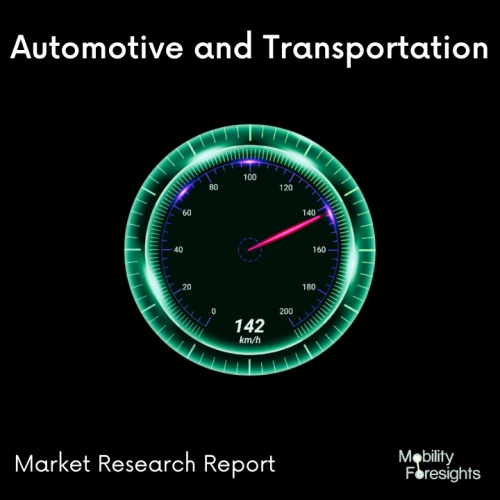
- Get in Touch with Us

Last Updated: Apr 25, 2025 | Study Period: 2024-2030
Automobile manufacturing and assembly processes frequently employ automotive seats adhesives. These adhesives are intended to create a solid bind between the foam and fabric that make up the seating surface and the metal frame of the seat.
In order to guarantee a tight fit and give the seating surface the greatest resilience and endurance, automotive seating adhesives are utilized.
Automotive seats adhesives come in a range of formulae, each created to address certain requirements of the seat manufacturer. These adhesives need to be durable enough to endure repeated use and a variety of environmental factors.
To create a strong bond between the frame and the seating surface, certain adhesives are made to withstand UV rays and high temperatures, while others are made with high shear strengths.
Automotive seats adhesives must also give the seat flexibility and padding. A highly elastic polymer-based solution that offers a comfortable seating surface is used to achieve this.
Additionally, the glue must be able to withstand spills and stains while maintaining its original form and structure over time.
Automotive seating adhesives must be resistant to chemicals and oils prevalent in the engine compartment in addition to establishing a strong bond between the frame and the sitting surface.
In addition, the glue must be resistant to the high temperatures in the engine compartment, which can eventually cause other adhesives to disintegrate.
The correct adhesive must be chosen to create the strongest adhesion between the frame and the seating surface. Automotive seating adhesives are a crucial component of the car-making process.
The right adhesive can be used by manufacturers to guarantee a safe and comfortable seating surface as well as a longer interior car lifespan.

The Global automotive seating Adhesives market accounted for $XX Billion in 2023 and is anticipated to reach $XX Billion by 2030, registering a CAGR of XX% from 2024 to 2030.
3M Automotive Adhesives provide strong, durable and long-lasting bonds for automotive seating applications. Their automotive adhesives are ideal for bonding a wide variety of substrates, including fabrics, foams, plastics, metals and wood.
3M automotive adhesives are designed to meet the demanding performance requirements of todayâs automotive seating applications, including resistance to environmental conditions and ageing. From general purpose adhesives to specialty adhesives for specific substrates, 3M has the adhesive technology to meet your needs.
Automotive Seat Adhesives are designed to provide superior adhesion, conformability, and flexibility for automotive seating applications.
Their adhesives are formulated to meet the demanding requirements of automotive seating systems, including those for airbag deployment.
Their solutions are designed to provide reliable performance in a variety of dynamic seating conditions and are tested for a wide range of environmental conditions.
LORD Automotive Seat Adhesives deliver superior adhesion and flexibility in applications such as head rests, seat backs, seat frames, armrests, and other seating components.
These adhesive solutions provide excellent resistance to vibration, fatigue, and temperature extremes. They also provide superior impact and abrasion resistance while maintaining superior adhesion. LORD Automotive Seat Adhesives are available in a variety of formulations to meet the needs of different automotive seating applications.
| Sl no | Topic |
| 1 | Market Segmentation |
| 2 | Scope of the report |
| 3 | Abbreviations |
| 4 | Research Methodology |
| 5 | Executive Summary |
| 6 | Introduction |
| 7 | Insights from Industry stakeholders |
| 8 | Cost breakdown of Product by sub-components and average profit margin |
| 9 | Disruptive innovation in the Industry |
| 10 | Technology trends in the Industry |
| 11 | Consumer trends in the industry |
| 12 | Recent Production Milestones |
| 13 | Component Manufacturing in US, EU and China |
| 14 | COVID-19 impact on overall market |
| 15 | COVID-19 impact on Production of components |
| 16 | COVID-19 impact on Point of sale |
| 17 | Market Segmentation, Dynamics and Forecast by Geography, 2024-2030 |
| 18 | Market Segmentation, Dynamics and Forecast by Product Type, 2024-2030 |
| 19 | Market Segmentation, Dynamics and Forecast by Application, 2024-2030 |
| 20 | Market Segmentation, Dynamics and Forecast by End use, 2024-2030 |
| 21 | Product installation rate by OEM, 2023 |
| 22 | Incline/Decline in Average B-2-B selling price in past 5 years |
| 23 | Competition from substitute products |
| 24 | Gross margin and average profitability of suppliers |
| 25 | New product development in past 12 months |
| 26 | M&A in past 12 months |
| 27 | Growth strategy of leading players |
| 28 | Market share of vendors, 2023 |
| 29 | Company Profiles |
| 30 | Unmet needs and opportunity for new suppliers |
| 31 | Conclusion |
| 32 | Appendix |